Lamination
Lamination
Lamination in Packaging
Lamination is a process used in packaging to combine multiple layers of materials. This technique enhances the strength, durability, and appearance of packaging products. It is widely used in the packaging industry to protect and preserve the contents.
What is Lamination?
Lamination involves bonding two or more layers of materials together. These materials can include paper, plastic, or metal. The layers are usually bonded using heat, pressure, or adhesives.
Benefits of Lamination
Lamination offers several benefits for packaging. It provides protection against moisture, air, and contaminants. This helps in extending the shelf life of products. Additionally, laminated packaging is more durable and resistant to tears and punctures.
Types of Lamination
There are different types of lamination used in packaging:
Thermal Lamination: Uses heat to bond layers together.
Cold Lamination: Uses pressure-sensitive adhesives without heat.
Liquid Lamination: Applies a liquid coating that hardens to form a protective layer.
Applications of Lamination
Lamination is used in various packaging applications. It is common in food packaging to keep products fresh. It is also used in pharmaceutical packaging to protect medicines. Additionally, lamination is used in cosmetic packaging to enhance visual appeal.
Conclusion
Lamination plays a crucial role in the packaging industry. It enhances the strength, durability, and appearance of packaging materials. Understanding lamination can help in choosing the right packaging solution for different products.
Blog Posts with the term: Lamination
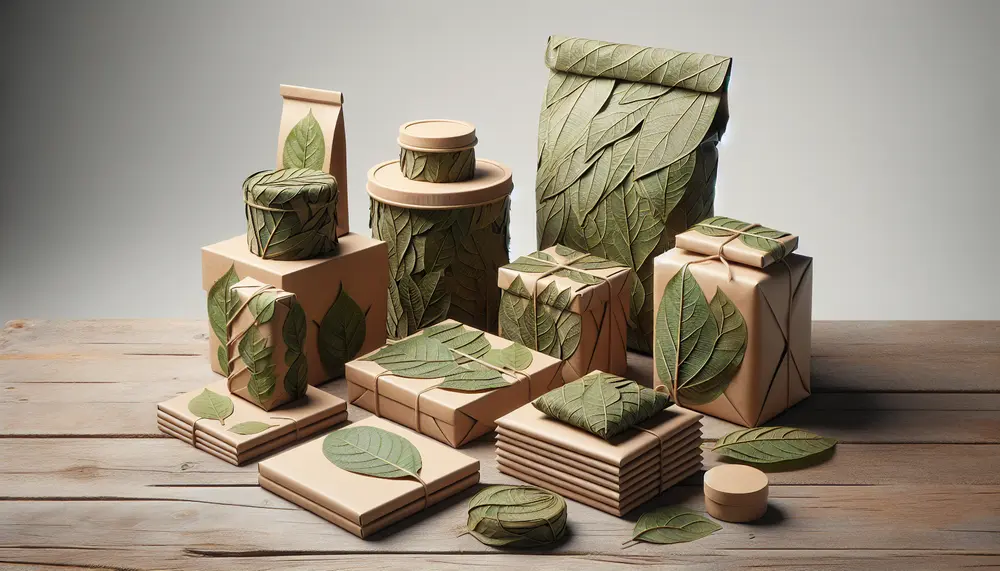
Leaf-based packaging materials are ancient practices re-emerging for modern sustainability, utilizing plant leaves as biodegradable and renewable solutions with minimal environmental impact. They reduce carbon emissions compared to plastic production, decompose rapidly without toxic residues, and align with circular economy...

Pharmaceutical packaging defects can compromise product integrity, posing health risks and financial losses; common defects include uneven sealing surfaces, raised seams, excess bottom flash, uneven sides, foreign material presence, and incorrect material specifications. Identifying causes such as material quality issues,...

Kardus packaging combines creativity and functionality, offering customizable designs that balance aesthetics with practicality while enhancing user experience. Its key strengths include adaptability, eco-friendliness, and structural versatility, though challenges like cost or limited suitability for heavy items may arise....

Food packaging is essential for protecting food, extending shelf life, and maintaining quality from production to consumption. It must meet safety standards, provide consumer information, facilitate transportation, enhance marketability, and support sustainability efforts. Innovative food packaging solutions address demands for convenience...
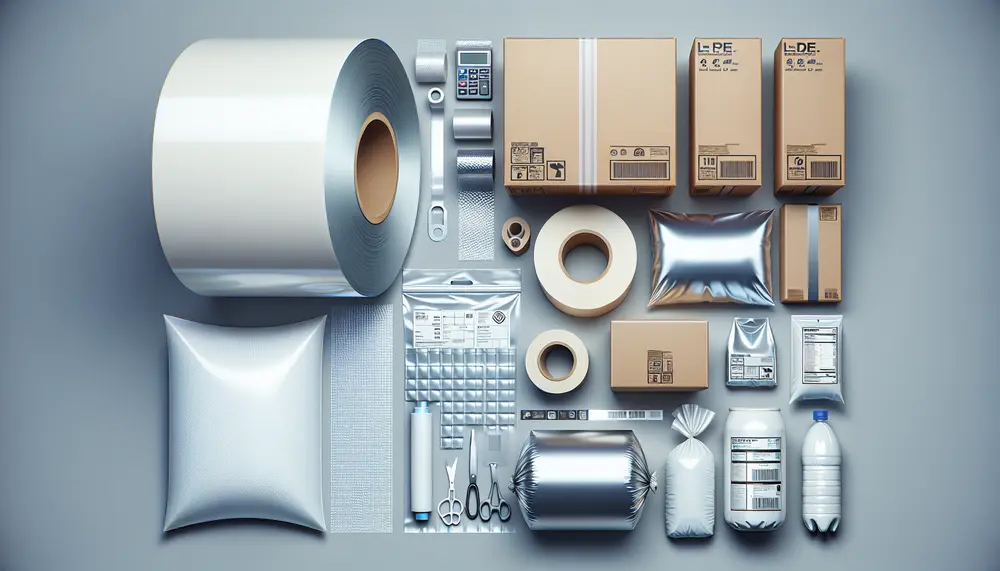
LDPE film is a flexible, transparent thermoplastic used extensively in packaging for its chemical resistance and moisture barrier properties, which are crucial across industries like food, pharmaceuticals, and agriculture. It stands out due to its recyclability and balance of protection,...

Packaging stars are key design elements that enhance product visibility and influence consumer decisions by symbolizing brand identity and benefits. They require a strategic approach, considering psychology of color, shape, imagery, and placement to effectively communicate without words. Selecting the right...
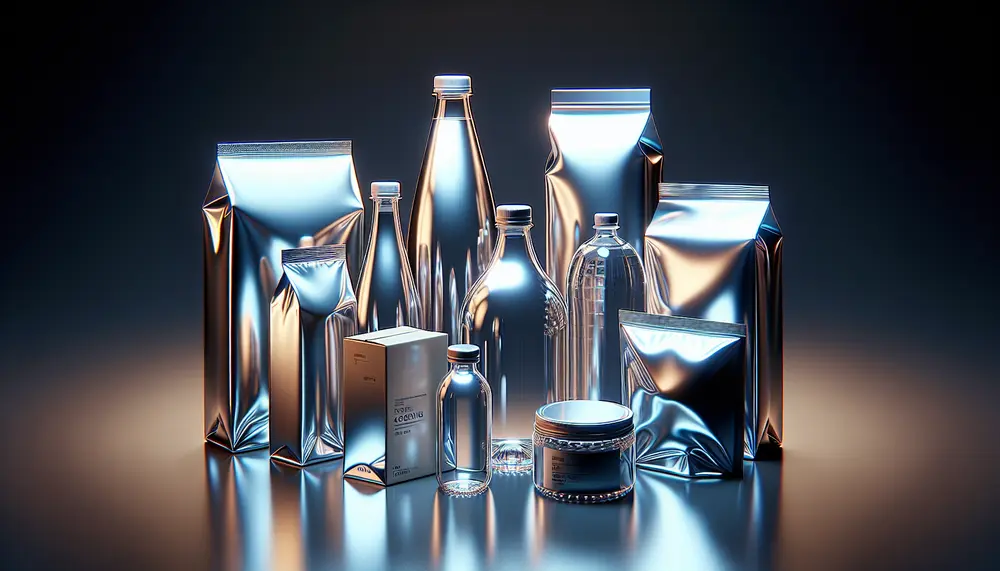
The glazed effect in packaging enhances visual appeal and provides a protective layer, influencing consumer perception and product longevity. Various techniques like laminating, UV varnishing, aqueous coating, and lacquer application are used to achieve this finish on different materials....

Pharmaceutical glass vials are essential for ensuring drug safety, stability, and purity due to their chemical inertness, thermal resistance, and contamination prevention. Despite being fragile and costly compared to alternatives like plastics, they remain the gold standard in pharmaceutical packaging...
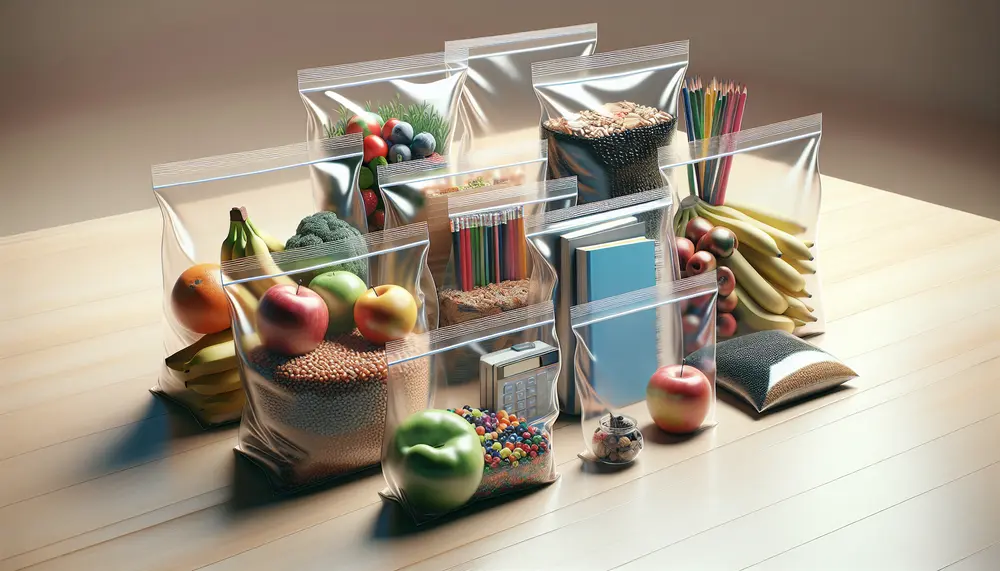
Window bags offer a transparent view of the product inside, enhancing customer trust and influencing purchasing decisions across various industries. They combine protection with presentation, are versatile in use, and cater to consumer desires for transparency. Transparent bag designs have pros...

Packaging materials are essential for protecting goods from manufacturer to consumer, serving as protection and marketing tools. Different levels of packaging—from primary to auxiliary—along with factors like cost and environmental impact guide material selection, while advancements in technology offer a...
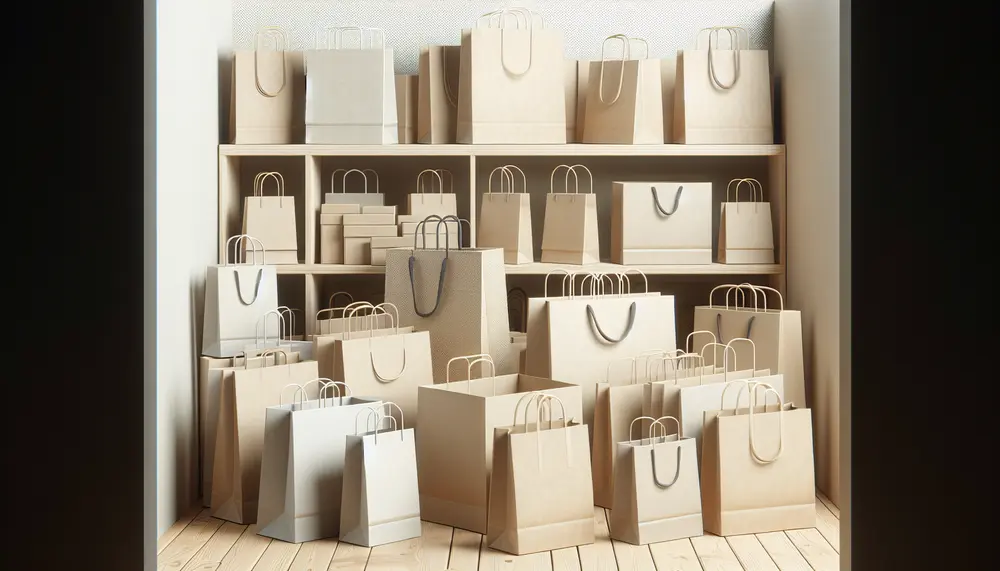
Paper carrier bags have gained popularity due to their sustainability, versatility, and customizability; they are practical for various uses and can be branded with unique designs. The switch from plastic to paper has a positive environmental impact as paper is...
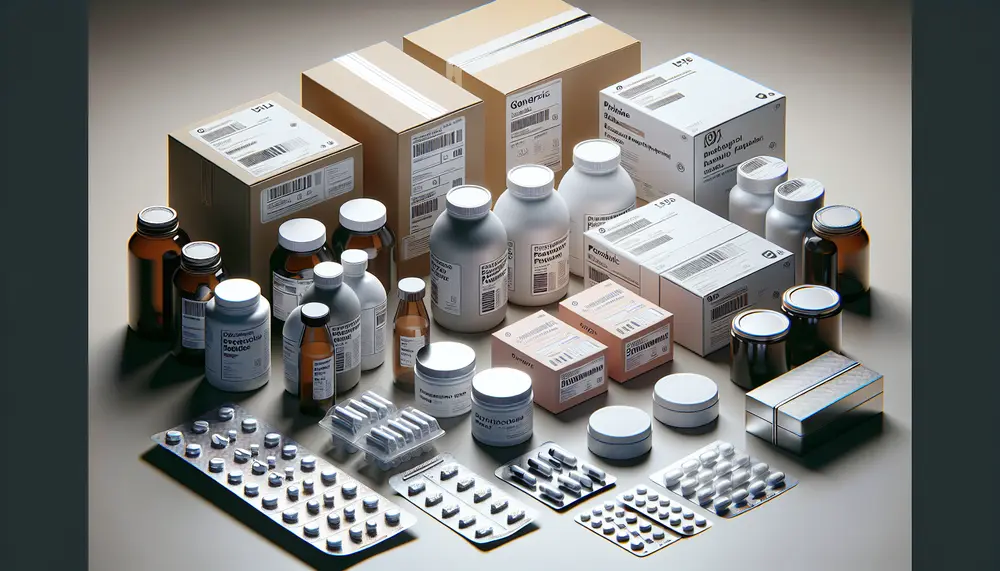
Pharmaceutical packaging is crucial for maintaining the safety, efficacy, and integrity of medications by protecting them from external factors like moisture and light, enhancing patient compliance with user-friendly designs such as dosing calendars, and extending product shelf life. Various types...
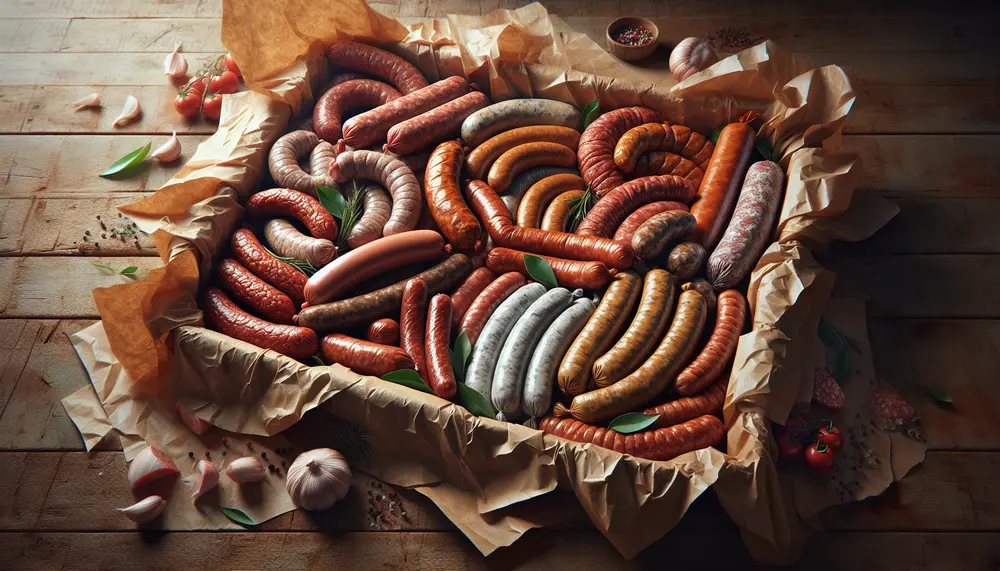
Sausage paper is essential in the meat industry for protecting sausage quality by preventing contamination and spoilage, aiding in shaping during processing, and enhancing retail presentation. Different types of sausage paper cater to various packaging needs and can impact product...
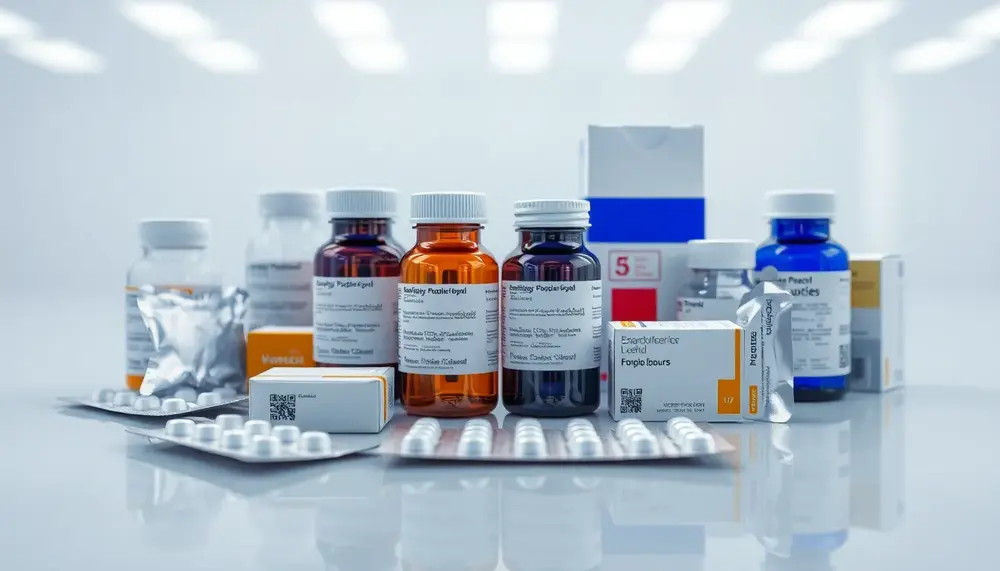
Pharma-grade packaging is a meticulously designed system that ensures the safety, stability, and usability of medications by protecting them from environmental factors, contamination, and degradation while meeting strict regulatory standards. It incorporates advanced materials, user-friendly features like tamper-evident seals, and...

Snack packaging is crucial for product protection, convenience, and brand communication; innovations in design and materials cater to consumer lifestyles and preferences. The evolution of snack packaging reflects a shift towards user-friendly features, sustainability, and technological advancements that balance convenience...
